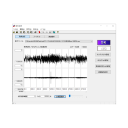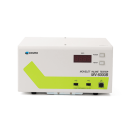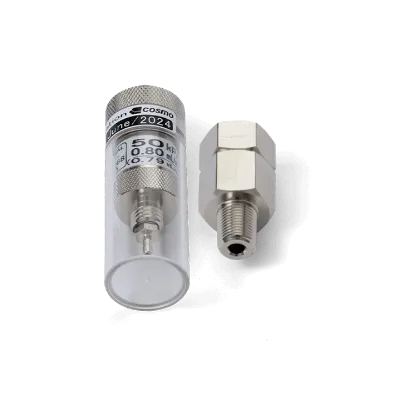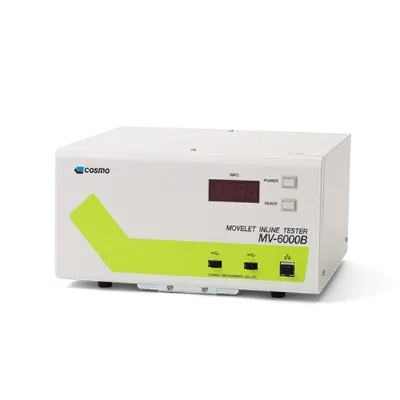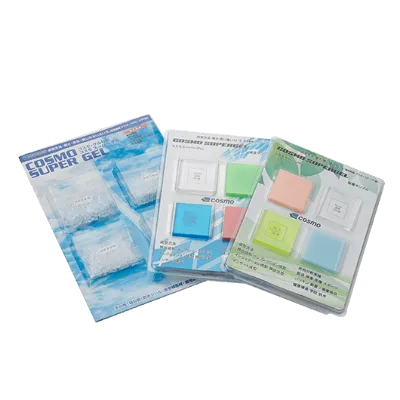What is a Movelet?
This is an automatic tester that captures sounds and vibrations generated by the object under test using a microphone or acceleration sensor, extracts specific sounds from multiple sound sources, and performs enhancement processing on specified frequency bands to automatically make judgments that are close to those made by human senses.
